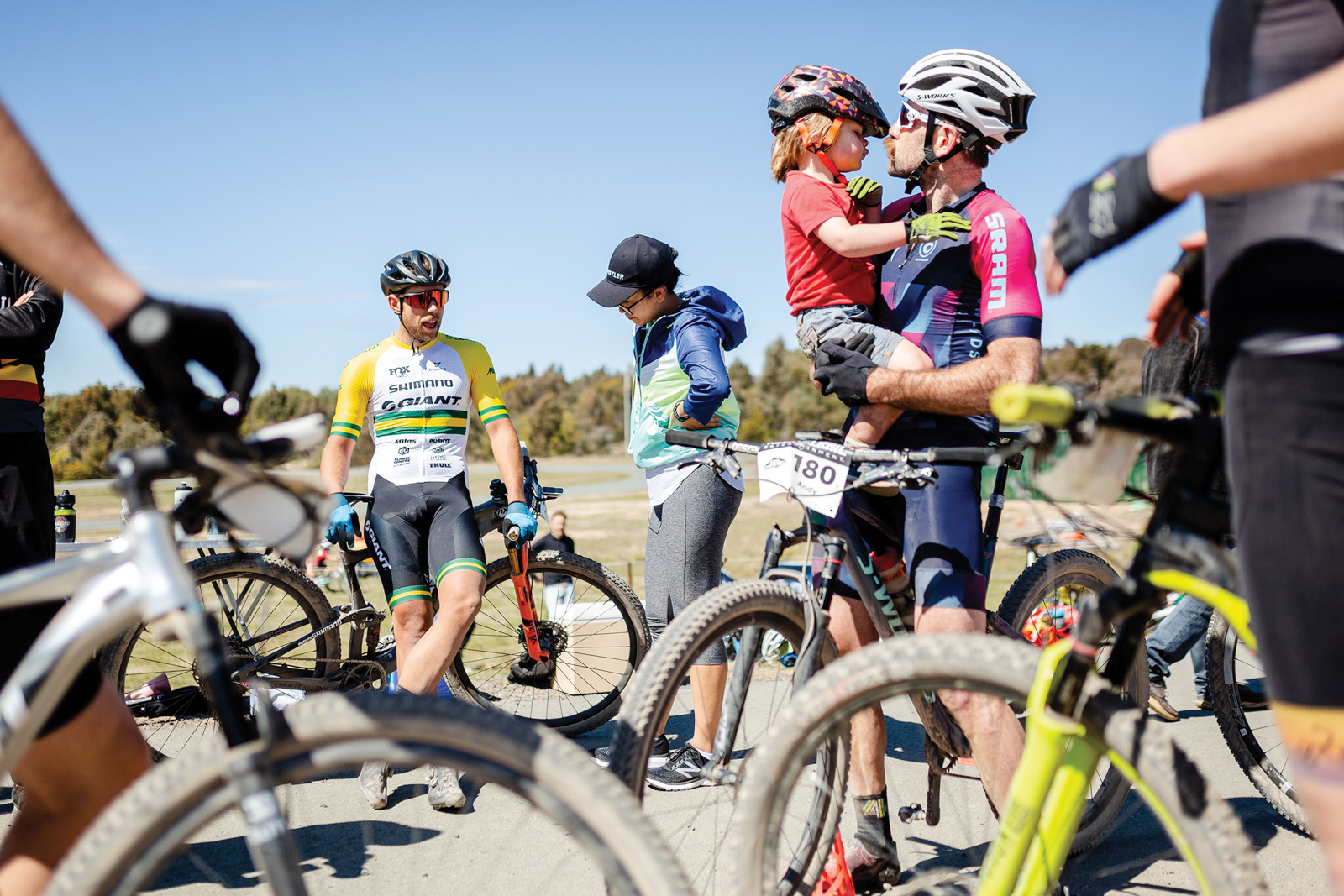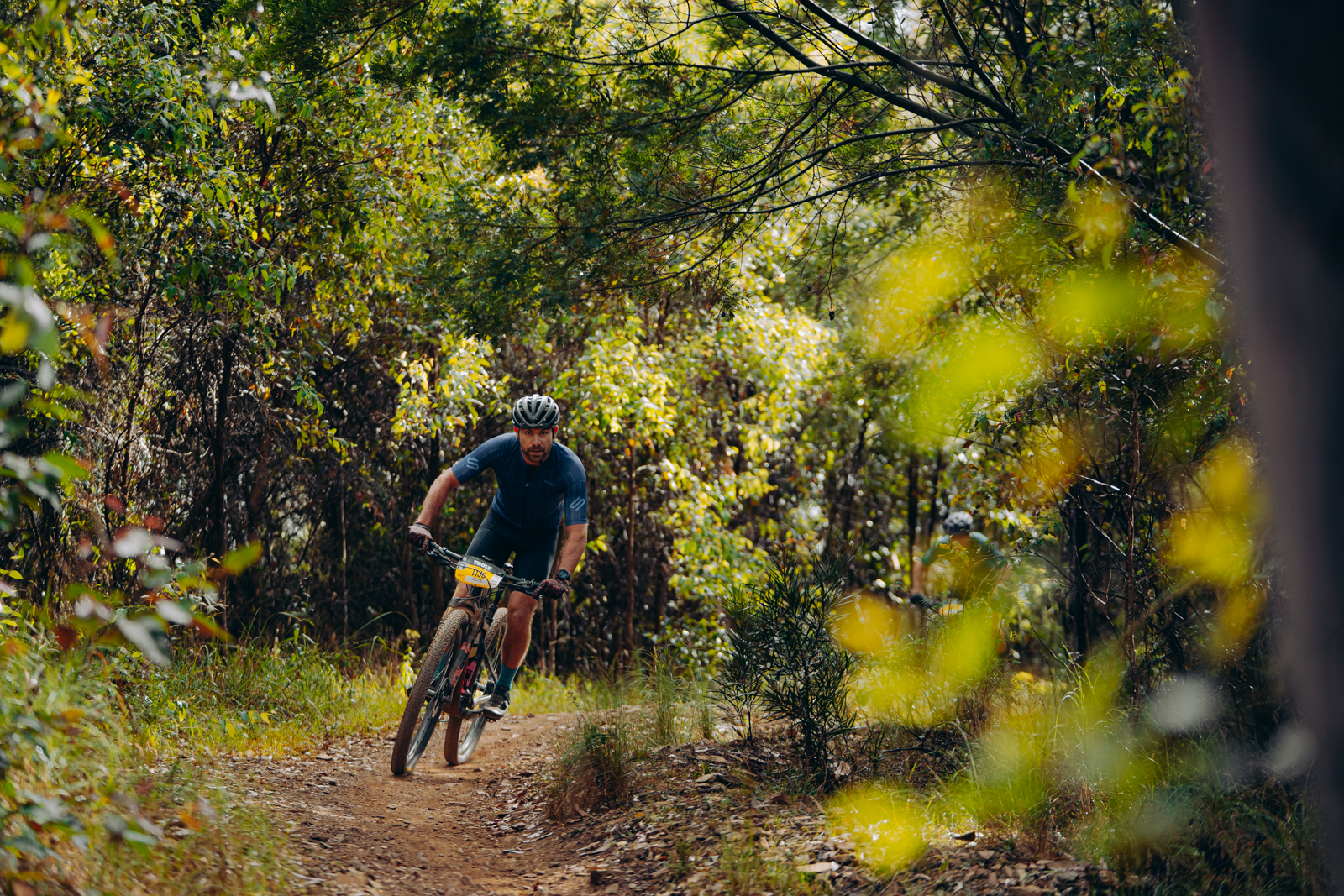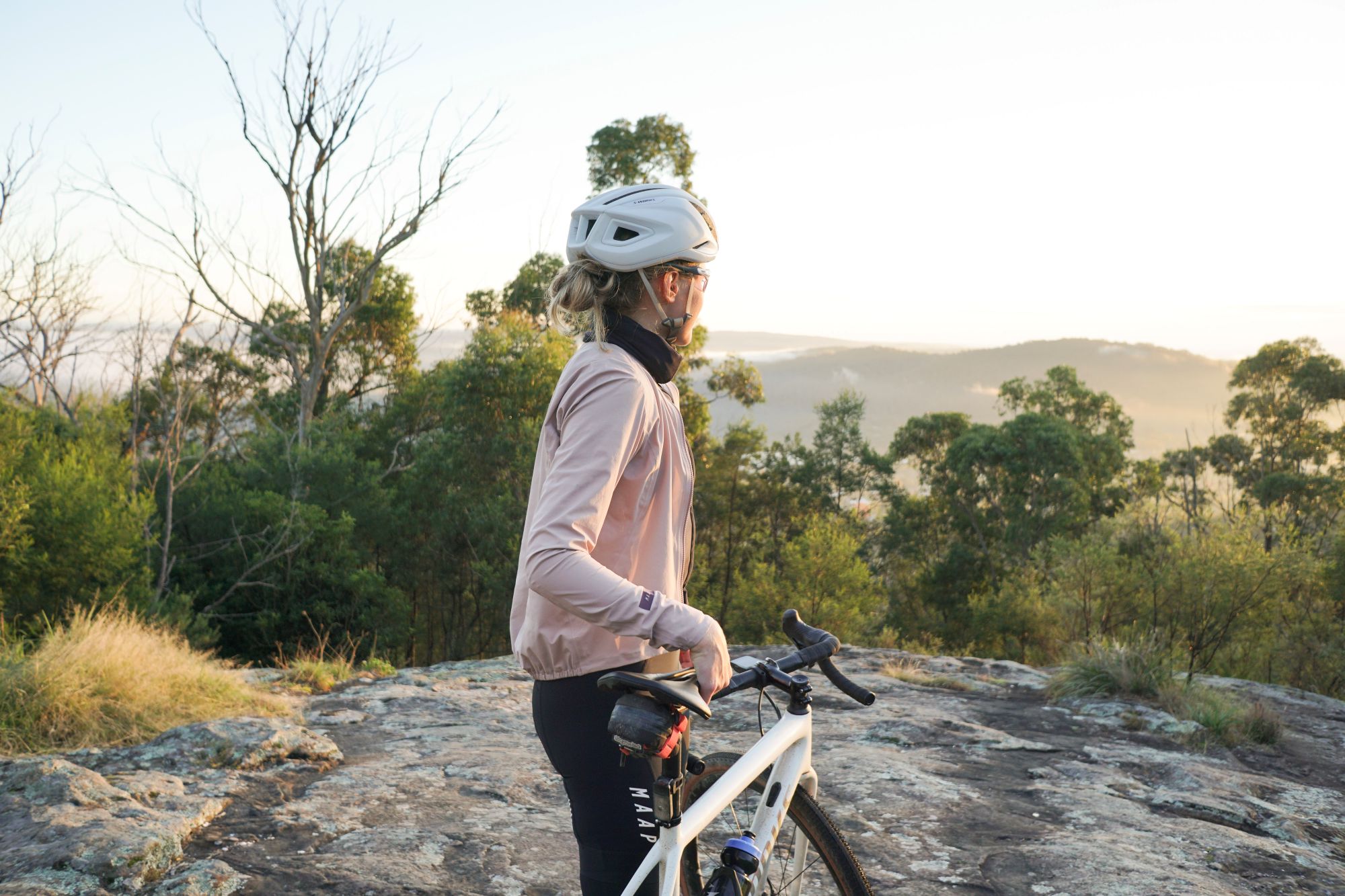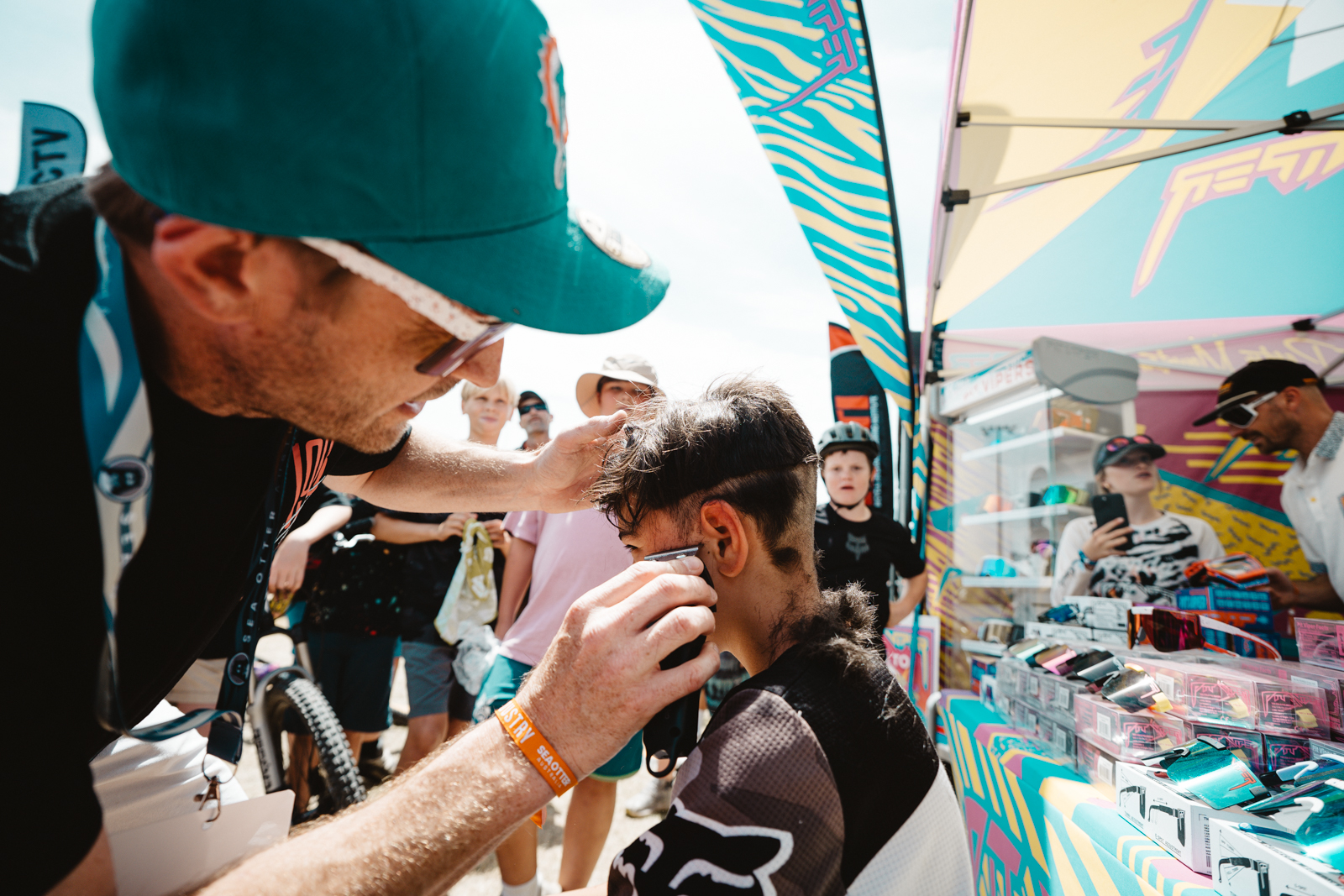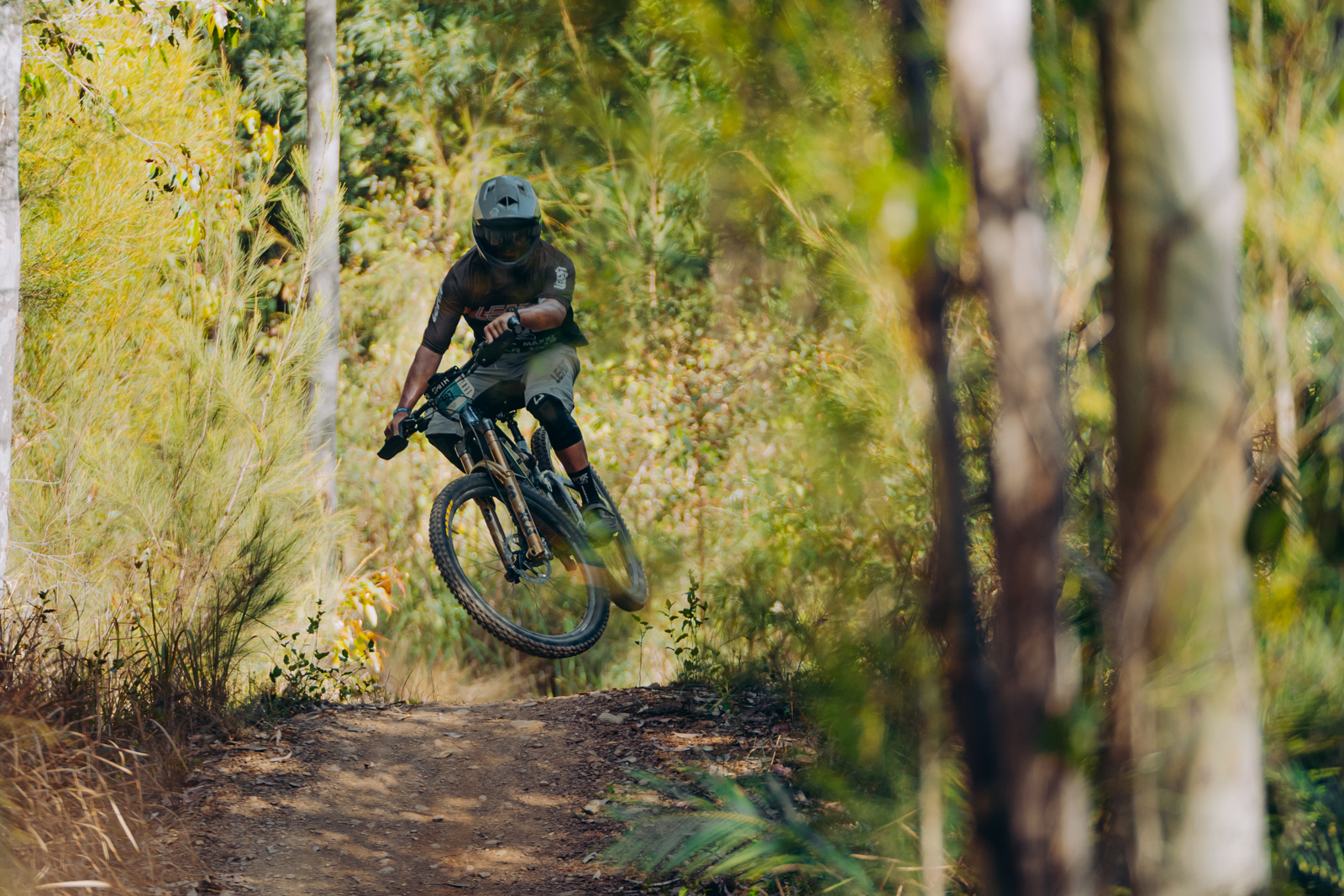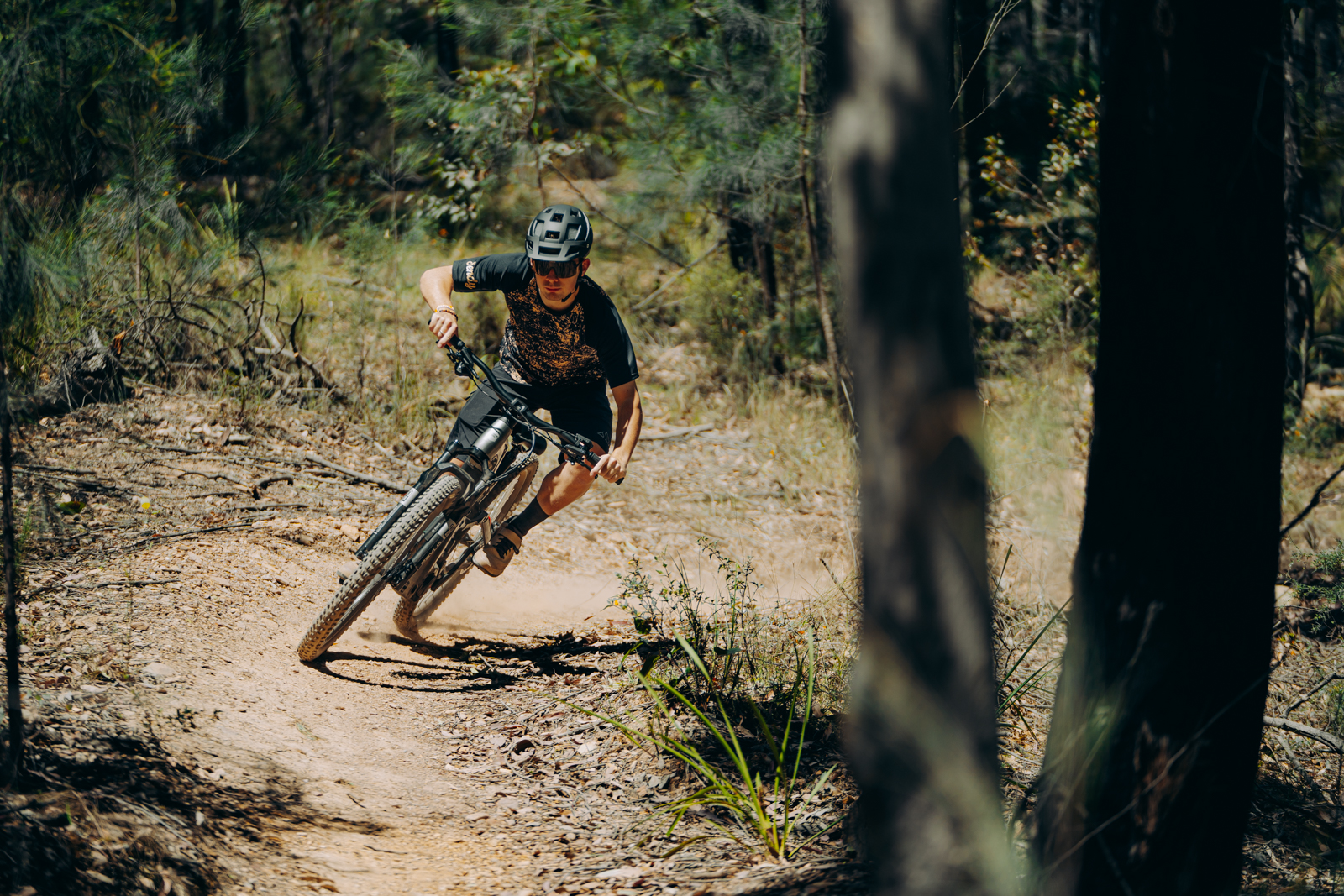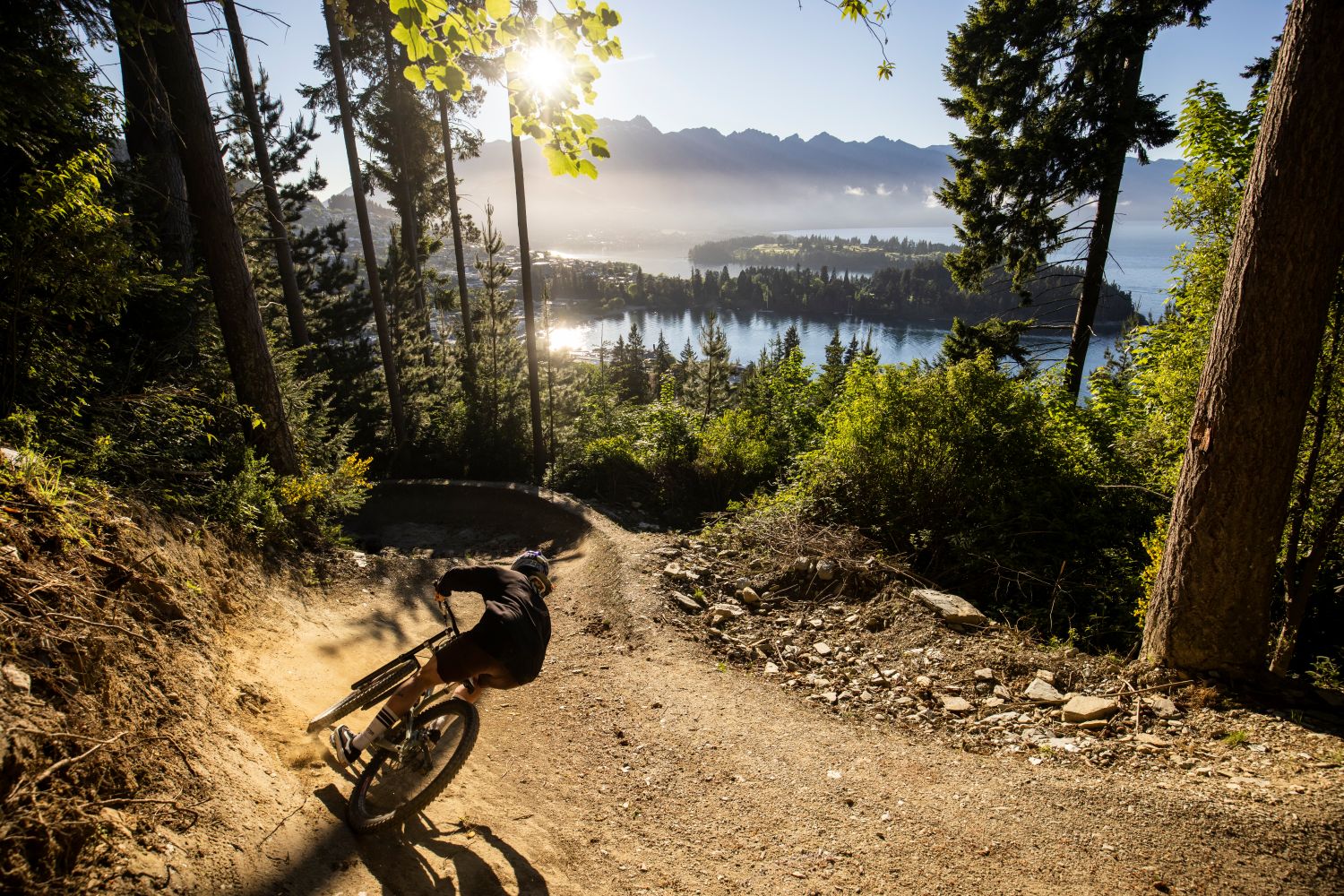The ins and outs of club racing
Leo Cerda breaks down the basics of club racing.
Words: Leo Cerda
Photos: Nick Waygood and Mike Blewitt
I recently moved to Margaret River and, being new to town, joined the local mountain bike club to make some friends. At the first club meeting I put my hand up to join the committee and became the de-facto organiser for the upcoming club race which was part of Western Australia’s XCO State Series run in conjunction with Perth MTB Club.
I’d been to plenty of big marathon (XCM) events when I lived on the east coast but had only been to smaller club races a handful of times. Whether they were run by for-profit companies or volunteer-led clubs, I just paid my entry fee, turned up, raced, went home, checked the results, and signed up for the next one. Sure, some events were better than others, but I had never stopped to think about the effort that goes into organising a race. During that time I also witnessed how many well established XC events were disappearing. Had everyone flocked to Gravity Enduro? Was anyone going to turn up to the XC race I was organising?
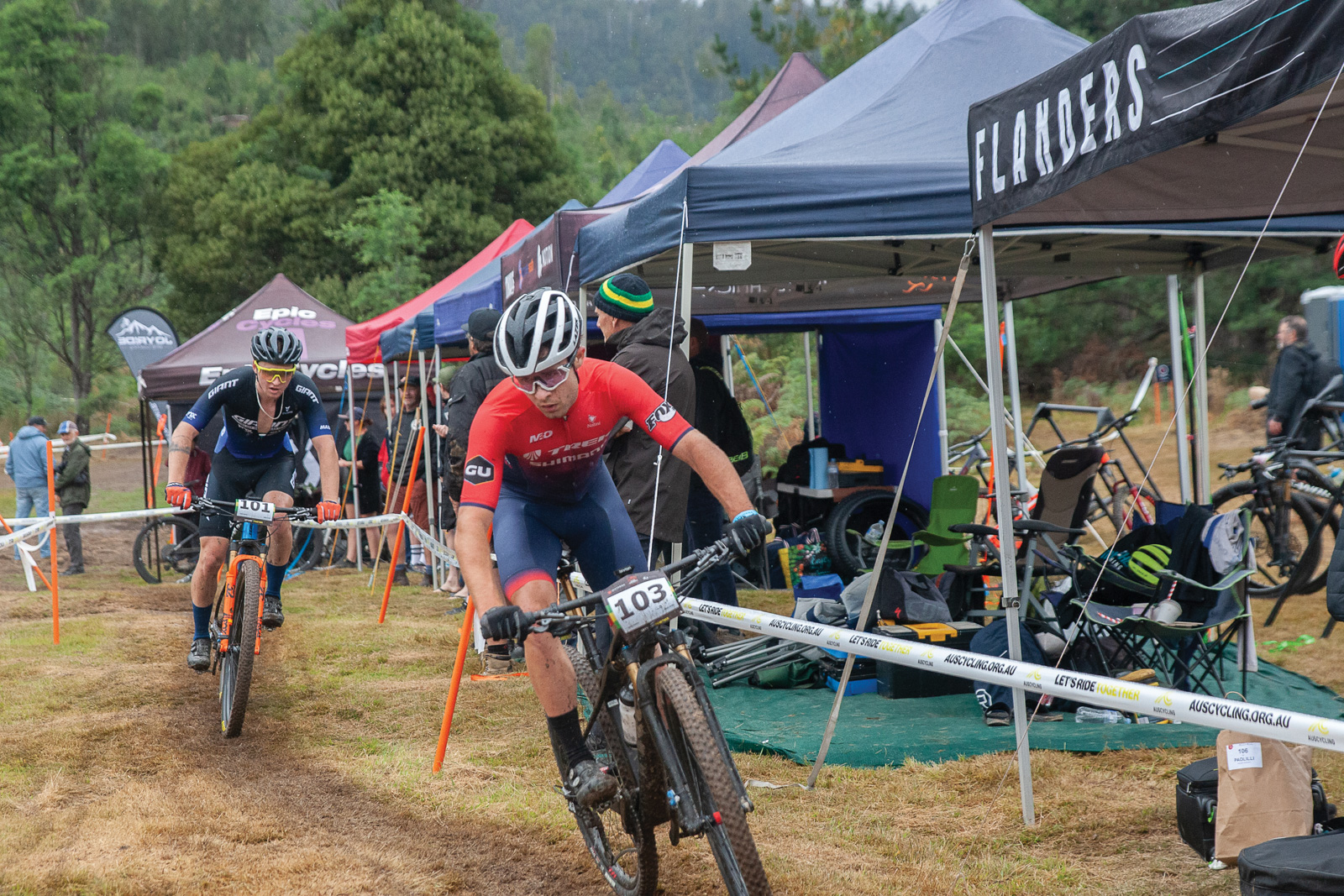
I’ve done plenty of complicated things at work before but the biggest “sporting event” I had organised was going on a big ride with a bunch of mates. Pretty quickly I started to realise that I didn’t have a clue about what I was doing, and that I was going to need help from those who had done this before me. Call me consciously incompetent.
Like other clubs, this event would be a big fundraiser for the club’s growing trail maintenance budget. With a huge number of trails coming online around Australia – and upkeep falling in the hands of local clubs – raising funds for trail maintenance has never been more important.
All said and told, my debut as race director went really well: no hiccups on the day, lots of good feedback about the course, loads of volunteer support, and it raised a decent amount for the club to put towards trail maintenance.
Here are three lessons I learned which will hopefully encourage you to get involved and help your club with their next event:
Lesson #1: Hail the unsung heroes:
Club races would not happen without volunteers. Events run by for-profit companies would not happen without volunteers. Volunteers are everywhere: in jobs big and small, giving up their weekends, opening their paddocks, lending their gazebos, sizzling sausages, handing out lollies, marshalling intersections, directing car parking… and on and on I could go. Get your volunteers sorted early.
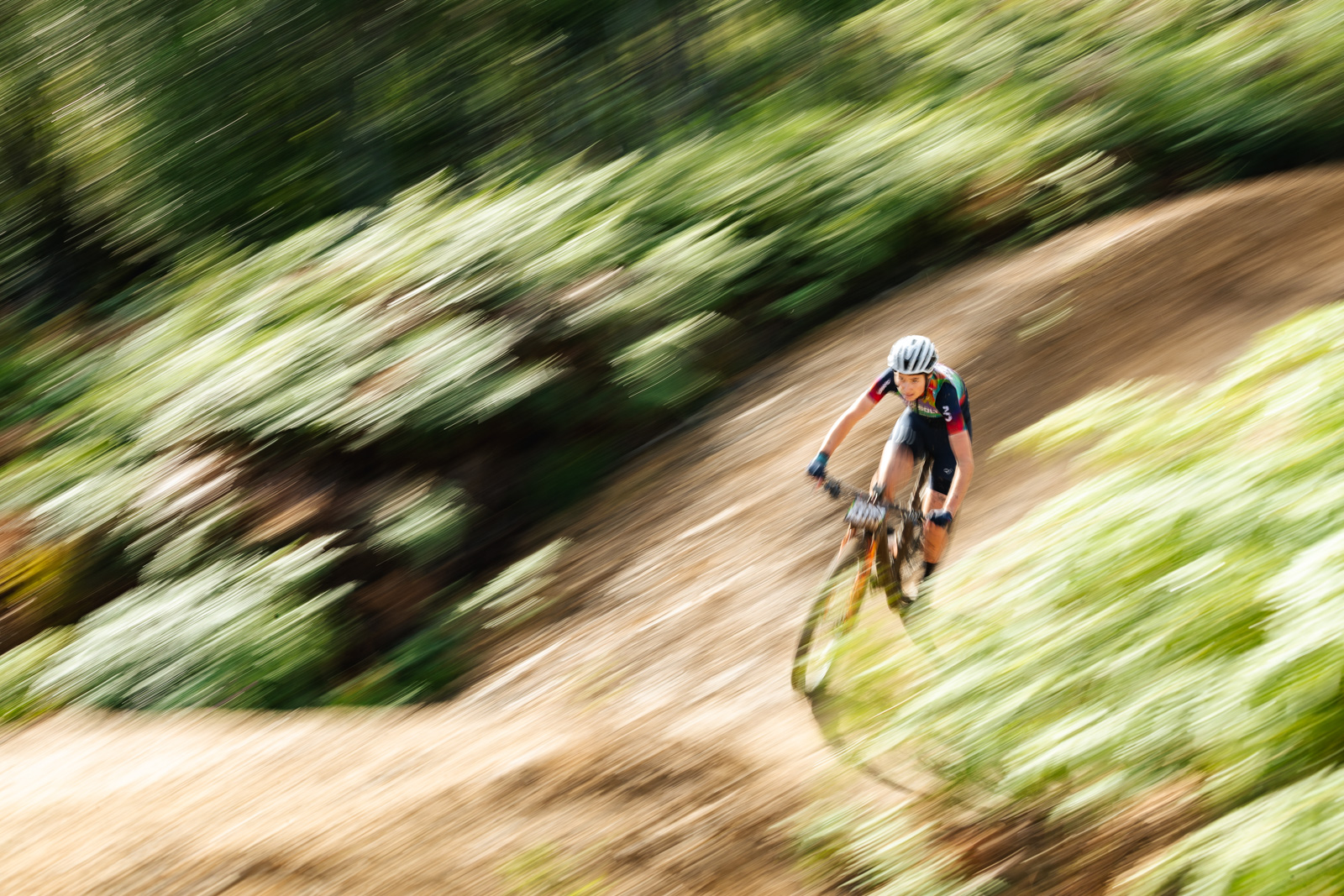
My biggest learning from this experience is that it would not have been possible without a lot of help from a lot of people. I may have been playing the coordinating role, making sure that all the bits and pieces were sorted in the lead up to the event, but I never would have made it had it not been for the club’s members who stepped up to help when it mattered.
I spoke to a few people after the race to get their opinion on what drives them to volunteer. Taking an active role in your local club is not for everyone, but I’ve realised that there is a disproportionate effort made by a few for the benefit of others. It got me thinking about the motivation behind these acts of selflessness in a time where many people in big cities barely know their neighbours and the notion of community seems to be taking a tumble.
People volunteer for lots of different reasons: some were brought up by volunteering parents, while others do it for their kids. Everyone agrees, though, that they want to give back to a sport they love and that’s given them so much. A labour of love, if you will. But being generous has its limits. Is it fair to always expect the same people to work – for free – to make these events happen? How do you avoid volunteer burnout? The answer is simple: get involved with your club. Whether you’re a racer or a casual rider, you can do your bit: offer your time & skills, turn up to dig days or join the committee. Help is definitely needed. At the very least, sign up and race!
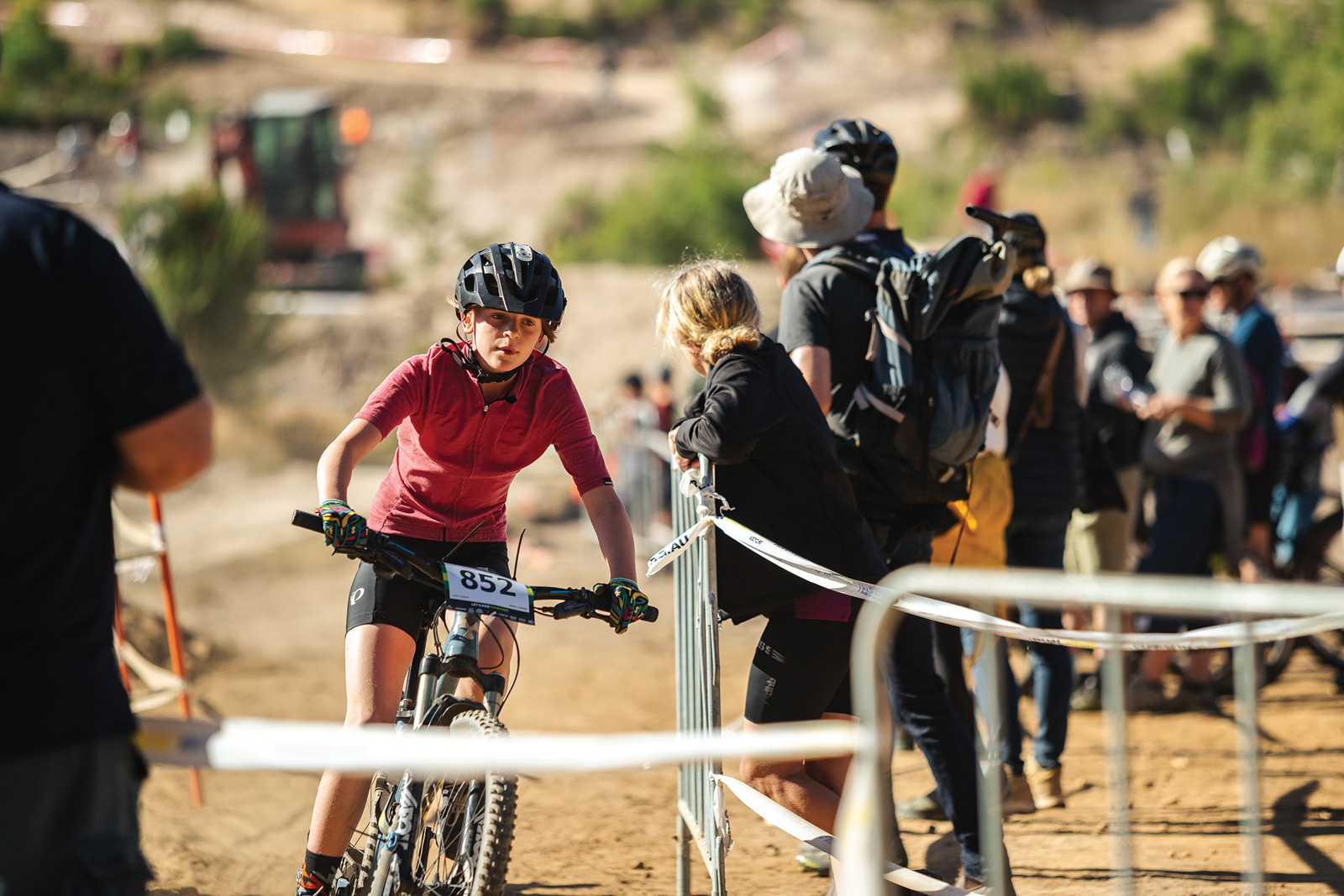
Never take for granted the effort that others put in to make these events happen for you.
Lesson #2: Plan early, start chipping away and be prepared for red tape:
Organising a race is a lot like planning a wedding: there are a lot of small things which need to converge precisely on the same day for a couple of hours to entertain a group of people. Each one of those things requires a small decision, made with enough time in advance so that you are able to piece everything together and bring to life the experience that you had in mind. At least there is no Bridezilla.
I heard from a few people – and learned first hand – that organising events is getting harder due to the increasing amount of red tape and permits required: Council permits, National Park permits, Event Management Plans, Traffic Management Plan, Covid Safety Plan, Ambulances, toilets, food trucks, timing system, PA system, water, to name a few. I don’t want to discourage you, but organising a race relies more on your form-filling skills than on your mountain biking prowess.
Suffice to say that no one is waiting for you to turn up and organise a mountain bike race. Everyone is “supportive” and no one is opposing it, but the amount of jumping through hoops we had to go through was surprising to me. And that’s coming from someone who’s worked their entire life in huge bureaucratic organisations filled with red tape. Get help from those who’ve done it before you, they’ll know the process. Copy and paste.
Lesson #3: Nail the course design:
I had no clue about the official rules or course requirements for an XCO event. How hard could it be? Big lap + lots of climbing + technical sections = great course, right? Nailing the course design took a lot of back and forth, but it turned out to be the highlight of the event.
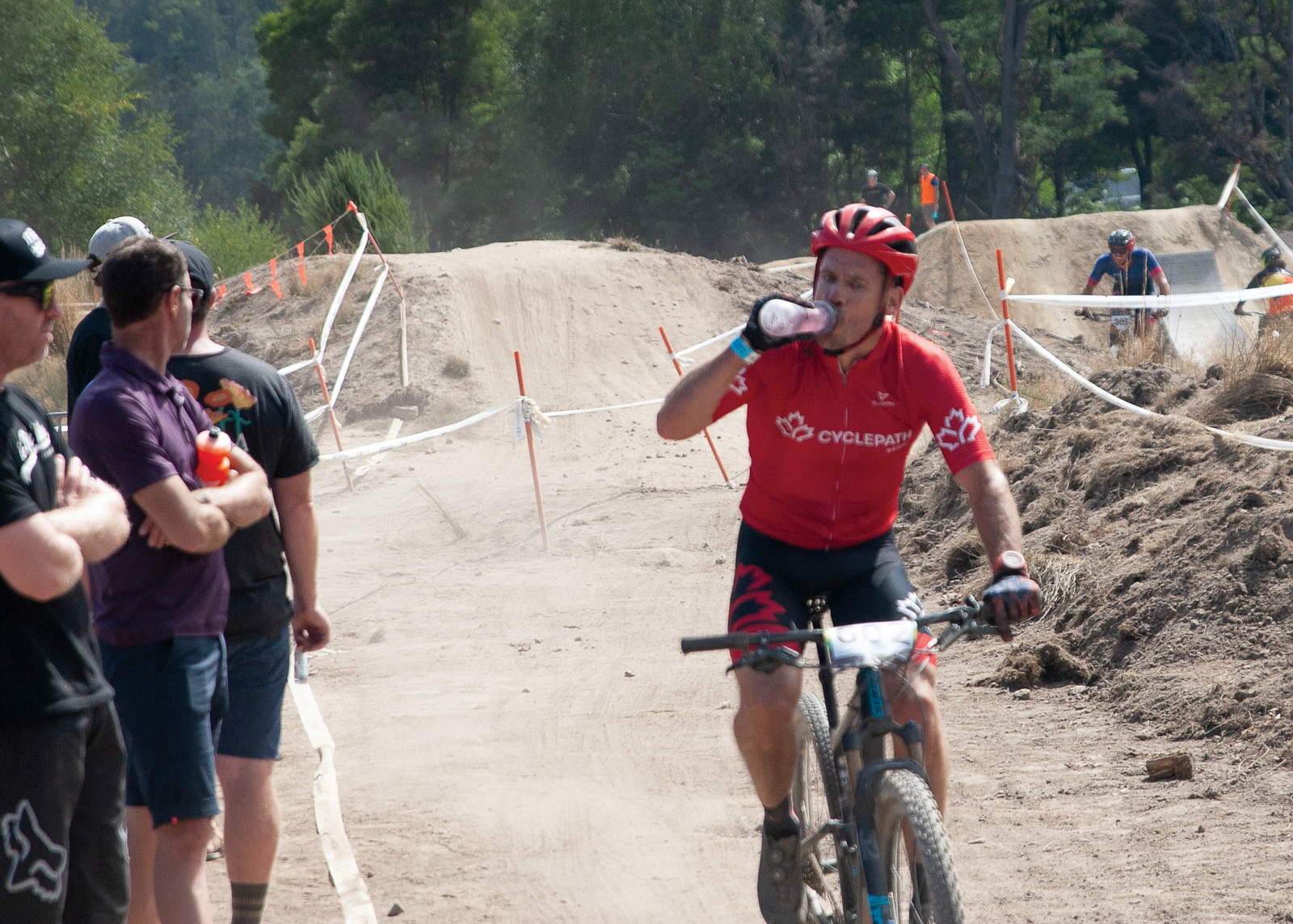
Get help from people with deep knowledge of the trails where you intend to run the event as they’ll have good ideas about linking trail sections. Likewise, make sure you get feedback from people who have raced at an elite amateur level as it’ll ensure that your course is action-packed for everyone. Finally, put effort into bunting and course marking as it will give the riders a great experience on race day.
If there’s one thing you don’t want to skimp on, it’s course design! No one remembers whether the toilets were clean, but everyone will remember if they had an awesome ride.

